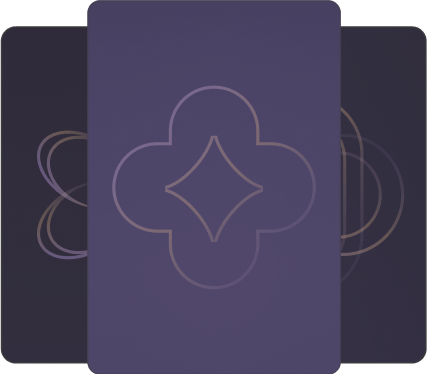What is
Living Resistance: An Indigenous Vision for Seeking Wholeness Every Day about?
Living Resistance redefines resistance as a holistic, everyday practice through four interconnected realms: personal (self-care as defiance), communal (solidarity with people and nature), ancestral (reclaiming Indigenous wisdom), and integral (synthesizing these into lifelong activism). Kaitlin B. Curtice blends Potawatomi spirituality with personal stories to advocate for decolonizing systems and nurturing collective flourishing. The book offers reflective questions and actionable steps to build equity in small, intentional ways.
Who should read
Living Resistance?
This book is ideal for activists, spiritually curious readers, and anyone seeking to align daily choices with social justice. It resonates with Indigenous communities reclaiming cultural identity, allies learning to decolonize mindsets, and individuals exploring the intersections of faith and resistance. Curtice’s accessible style makes it valuable for both newcomers and seasoned advocates.
Is
Living Resistance worth reading?
Yes—ranked 4.6/5 on Goodreads, it’s praised for blending memoir with actionable frameworks. Readers call it “a hug of encouragement” that reframes resistance as accessible acts of care. Critics note a stronger focus on BIPOC experiences, with some desiring more guidance for non-Indigenous allies. Its structured reflection prompts and storytelling make it a standout in personal growth/spirituality genres.
What are the four realms of resistance?
Curtice’s framework includes:
- Personal: Prioritizing rest and self-love as political acts.
- Communal: Building reciprocal relationships with people and ecosystems.
- Ancestral: Honoring Indigenous lineage and confronting colonial harm.
- Integral: Merging these realms into sustained, intersectional advocacy.
This model diverges from Western activism by emphasizing interconnectedness over individualism.
How does
Living Resistance address spirituality?
Curtice critiques colonial Christianity’s role in erasing Indigenous practices and shares her journey reclaiming Potawatomi traditions like gratitude ceremonies and land stewardship. She frames spirituality as communal healing, urging readers to “become ancestors worth being guided by” through ethical daily choices.
What are key quotes from
Living Resistance?
- “Resistance is about remaining”: Enduring through small, rooted acts of care.
- “We are born, we live, we grieve… becoming ancestors”: Highlights life as cyclical legacy-building.
- “Decolonization is not a metaphor”: Stresses tangible steps to dismantle oppressive systems.
How does this book compare to Curtice’s
Native?
While Native focuses on reconciling Indigenous identity with Christianity, Living Resistance broadens to practical activism. Both blend memoir and cultural critique, but Living Resistance offers more structured frameworks for applying Indigenous wisdom to modern justice work.
What critiques exist about
Living Resistance?
Some reviewers note minimal guidance for non-BIPOC readers on allyship logistics. Others desire deeper exploration of balancing activism with systemic barriers. However, most praise its compassionate tone and innovative reframing of resistance beyond temporary protests.
How can readers apply
Living Resistance lessons?
Curtice suggests daily practices like:
- Journaling about colonial inheritances.
- Supporting Indigenous-led environmental efforts.
- Redistributing resources to marginalized communities.
Each chapter ends with “resistance commitments” to integrate concepts into routines.
Why is
Living Resistance relevant in 2025?
Amid climate crises and cultural polarization, its emphasis on sustainable, interconnected resistance aligns with growing interest in decolonial ecology and trauma-informed activism. The book’s focus on ancestral wisdom offers antidotes to AI-driven disconnection.
What books complement
Living Resistance?
Pair with Robin Wall Kimmerer’s Braiding Sweetgrass (Indigenous ecology), adrienne maree brown’s Emergent Strategy (holistic activism), and Sonya Renee Taylor’s The Body Is Not an Apology (self-love as resistance).
How does Curtice redefine self-care?
She frames it as collective care—prioritizing rest for BIPOC bodies as defiance against systems valuing productivity over humanity. Examples include boundary-setting in workplaces and rejecting “hustle culture” that perpetuates colonial harm.









